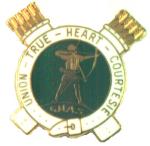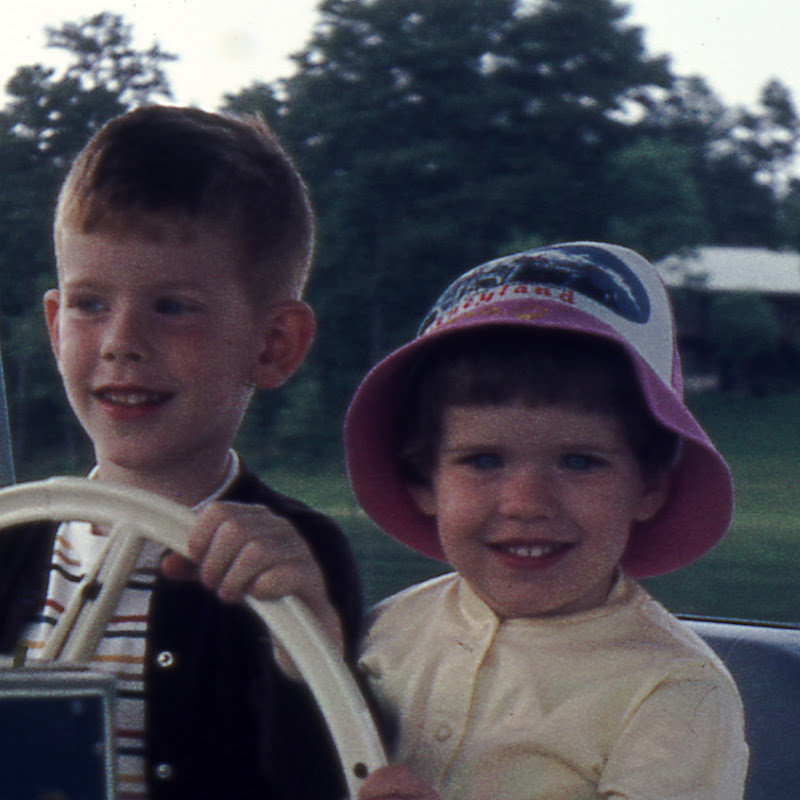As we prepare our syllabi and plan our curricula, ideally we are thinking about objectives. We list what knowledge and skills we want our students to acquire during our classes, and craft activities and assignments linked to those objectives.
What's interesting about our job as teachers is that there's a constant tension between those course objectives and larger goals -- the goals of degree programs, of graduate schools, of the professions for which we're preparing them, of families, communities, nations, the human race. There is supposed to be some alignment among those sets of goals; they should express similar values or point toward a shared vision of the good. We know, however, that we have little or no control over those bigger spheres. So sometimes our course objectives are parochial -- even, perhaps, trivial.
It's when we think about what our objectives might be if their success was measured not at the end of the course, but weeks, months, or years after the final exam, that we might see the connections. Many of us have had the experience of students telling us what our course meant to them years later. Even more striking is when we see the learning and the transformation with our own eyes, not in an e-mail or a card or a phone call, but in the actions of our students.
I had the members of my Craft Wisely class join Ravelry at the beginning of our time together. Now that the course is over, I'm realizing that I'm going to be able to witness some of the effects of the course as their activity on the site pops up on my feed. Over the break, as I checked my "friends activity" (a Ravelry feature that accumulates the projects and photos posted, favorited, planned, and discussed by your friends on the site), I saw the holiday gifts my students made for their families and friends. I saw their aspirations soar, through the patterns and projects they marked as their favorites -- signaling the items and techniques they find inspiring, or would like to try someday. And I saw their future plans in the patterns they placed in their queue and the yarns they added to their stash.
It's not all the students in the class who continue to be active knitters and crocheters, of course. But how cool is it that I can see how the course affected -- and continues to affect -- some of those who participated, by observing their ongoing involvement in the activities around which the course revolved? Not only is it gratifying to see them continue to participate in handcrafting, it also refocuses my gaze beyond the intramural concerns of the course and toward the broader ways I want my students' lives to be changed.





No comments:
Post a Comment